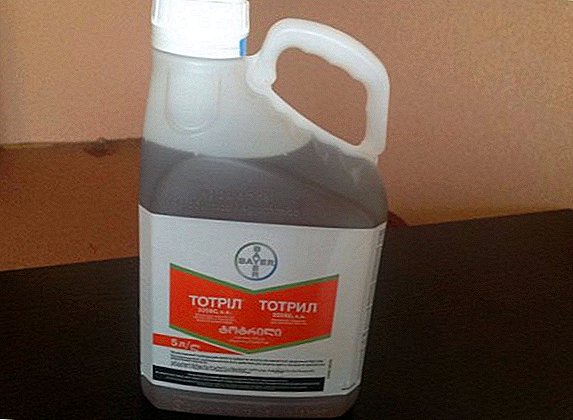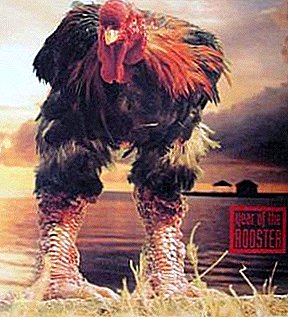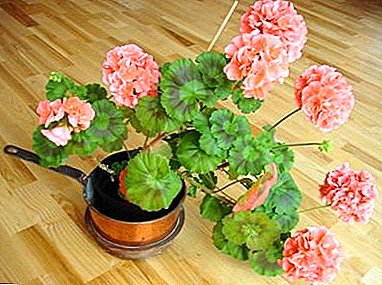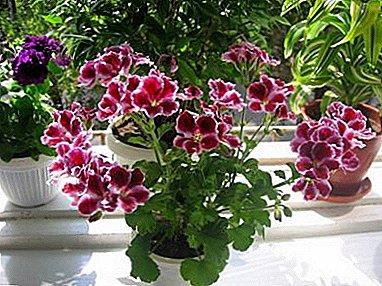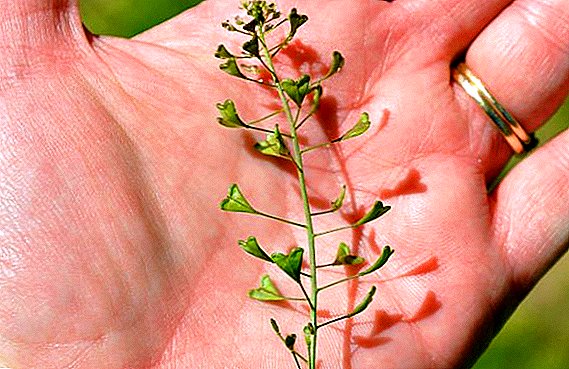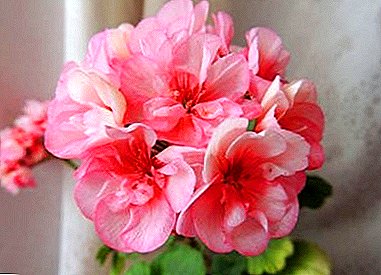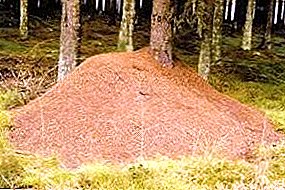
Ants - small insects belonging to the order hymenoptera. Their number is huge, they multiply incredibly fast.
You can meet them in almost every corner of our planet: in the forests of the Amazonia, Europe, in South America, and practically throughout the entire territory of Russia. The only exceptions are Antarctica and several remote islands.
Life in the anthill
Ants live in families (colonies) in nests, anthills, which are arranged in the ground, wood, under stones. Ants are organized beings. A family (colony) is a complex structure with a clear division of responsibilities between its members.
Like all "social insects", ants have a division into 3 castes:
- females (queen or queen). They are engaged in laying eggs (males come out of non-fertilized eggs, females appear from the fertilized ones). The uterus has wings that gnaw off at once immediately after the mating flight. Ant females differ in size from other inhabitants of an anthill, they are much larger than males and working ants. The Queen is the only long-liver of the colony;
- the males. Their only function is to participate in mating. In the future, they are destroyed by their own relatives from an anthill. Males are much smaller in size than females, but also have wings. Their life expectancy is only a few weeks;
- worker ants (foragers). These are the same females, only with an underdeveloped reproductive system. The responsibilities of the foragers include taking care of the family, nutrition, and future offspring. They do not have wings, they are much smaller than the female. Large-sized working individuals are soldier ants (their jaws and large head are more developed), they also perform all the duties of workers, but among other things protect their nest from the encroachments of enemies.

For example, garden black and pharaoh ants build their own "career": from birth, they care for their offspring, then they arrange the anthill, and only at the end of their life they get food.
Ants of Russia
On the territory of Russia lives more than 300 species of ants. The most common are: forest ant, garden black ant, woodwind ant and reaper ant.
Forest
Exists several varieties of this species:
- red forest ant. This is a fairly large insect, 7-14 mm in length. The constitution is dense, the head is large, the abdomen and neck is black, the rest of the body is orange. It inhabits coniferous, deciduous and mixed forests. Hardworking builders. Anthills built by them are sometimes reach 2 or more meters in height. Forest red ants prefer to live as one family, which means that after the fertilization the female who flew out of the nest from the nest does not build a new colony, but returns to its family. For the queen, a branch is taken away in the nest, where she breeds new offspring. The number of an anthill in red ants can reach up to a million inhabitants;
black and brown ant. Common species of forest ants. Very small in size. Adult insect length is only 5-8 mm. Color torso black and gray. Nests are usually built under stones. If it builds anthills, it is very small. The number of colonies of this species is small, since females after fertilization usually settle out and build new families;
Black garden (lazy)
 Small insect. Its length is 3-5 mm. Color is black. Garden ants build nests in old rotten trees and soil (bulk hill). After their marriage, their queen-queen does not return back to the anthill, but creates a new colony, moreover, independently, without the help of working ants. In queens of this species the longest life expectancy is 28 years.
Small insect. Its length is 3-5 mm. Color is black. Garden ants build nests in old rotten trees and soil (bulk hill). After their marriage, their queen-queen does not return back to the anthill, but creates a new colony, moreover, independently, without the help of working ants. In queens of this species the longest life expectancy is 28 years.
Woody
It belongs to the genus campotonus. On the territory of the Russian Federation, black and shiny dnostrevots mostly live. Dressers are rather large in size, their length can reach 11-12 mm. Mainly deciduous and coniferous forests. To build nests, they prefer old, fallen trees, rotten stumps or dried branches. Rarely go down to the ground. They live in small families with a single womb.
The number of one colony is approximately 5-8 thousand individuals.
Ants reapers
The length of their body varies. from 5 to 10 mm. They have a large head and well developed jaws, which they need for grinding seeds and grains (the main ration of the reapers). Ants-reapers live in large colonies. Nests are built under the ground. Most often, their settlements can be found on the side of roads or in the fields. Young queens and males of these individuals usually winter in an anthill, with the onset of spring (while the soil is still wet) fly out of the nest for arranging new colonies.
Benefit and harm
In nature, there is not only harmful or only beneficial insects. There are situations in which a particular species can either be beneficial to humans or cause them many problems.
Forest ant listed in the Red Book, as the main defender of forests from pests. By eating a species of harmful insect that has begun active breeding, forest ants stop its further spread. In addition, these tireless laborers carefully loosen the soil, saturating it with oxygen. And also play an important role in the food chain, being the main food for many forest birds: grouse, woodpeckers, tits. The acid secreted by ants is widely used in medicine: based on it, preparations for rheumatism, joint pain, and tuberculosis are produced.
And only for summer residents red ants are a real disaster: The diet of these individuals for the most part is a pad (sweet discharge of aphids). Ants protect an aphid, plant it in large quantities and even take it with them to the anthill for the winter. Aphids cause enormous damage to gardens and orchards, destroying all vegetation. Therefore, the appearance of these forest guests at the dacha plots causes a real panic.
Black garden ant. There is no doubt more harm from this insect than good. Having settled in the gardens, they are happy to eat the fruits of fruit trees, sucking the nectar from the flowers, damaging them. And also, like the red ants, herds of aphids are bred.
Ant reaper It has a great benefit in virgin steppes, where it actively spreads seeds of plants. But if these insects are bred near currents where threshing grain, it threatens a serious crop disaster.
Woodwire ant useful in that it destroys pests, insect corpses, as well as larvae that live under the bark of trees. But woe, if tree breeders have chosen for their settlement harvested boards, stacked in a shed or in the courtyard of a residential building. Stitch wood from the inside and turning it into dust, they make building material completely unsuitable for use. A lot of problems can be brought by human borers, settling directly in the living room. Usually in houses suffer from their encroachments furniture, doors, wooden plinths.
Ants bring a lot of trouble to a person only by living in close proximity to him. Nature would hardly have lived and flourished without these little hard workers. This must be remembered when there is a desire to move and destroy an anthill just like that, for fun.
A photo
Next you will see a photo of forest ants:




Useful materials
Then you can get acquainted with articles that may be useful and interesting to you:
- Ant extermination:
- How to get rid of red ants in the apartment?
- Boric acid and borax from ants
- Folk remedies for ants in the apartment and house
- Rating of effective means of ants in the apartment
- Ant traps
- Ants in the garden:
- Species of ants
- How do ants hibernate?
- Who are the ants?
- What do ants eat?
- The value of ants in nature
- Hierarchy of ants: the king of the ant and the structural features of the working ant
- How do ants breed?
- Ants with wings
- How to get rid of ants in the garden?



